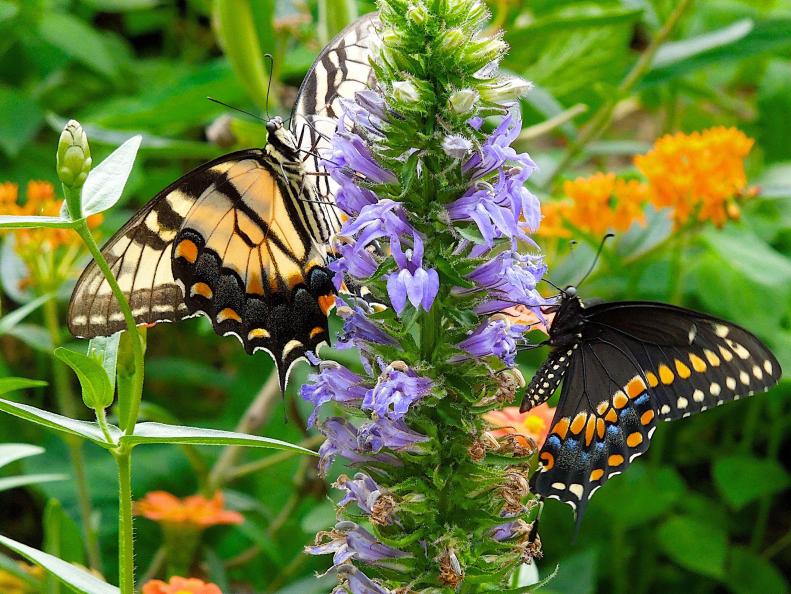Native Plants for a Sustainable, Wildlife-Friendly Garden
Native plants are a key ingredient in a thriving sustainable garden. Perfectly adapted to their local environment, native species form symbiotic relationships with the wildlife that inhabits an area. By planting natives, you create not only a lush garden of plants, but an oasis for wildlife, too. Because they are hyper-local, the native plants that can be considered best truly varies by region. And each state has its own preferences for native plants, too — that’s something Garden for Wildlife, a trusted online source for native plants associated with the National Wildlife Federation, has found in its data for sales by state.
We’ve used that data to share with you the most popular native plants for all 50 states plus the District of Columbia; the top picks and runners-up come from Garden for Wildlife information, unless otherwise noted (for Alaska and Hawaii). While there are repeat favorites, including cardinal flower, foxglove beard tongue, smooth blue aster, and wild bergamot (bee balm), and varieties of milkweed (a perennial bestseller), columbine, hibiscus, and coreopsis, there are also selections specific to one state. See which natives are beloved in your state and learn how to plant and care for them in your own sustainable habitat garden.

.-Battle-on-the-Beach-courtesy-of-HGTV.-.jpg.rend.hgtvcom.196.196.suffix/1714761529029.jpeg)







